The Most Underrated Shonen Jump Manga
by Nicholas Dupree,In the West, Shonen Jump is nearly synonymous with hit anime series. From Dragon Ball to One Piece to Naruto, the magazine has a well-earned legacy of crowd-pleasing action and adventure, but those hits aren't quite the whole story. Every year, a dozen or so new series enter Shonen Jump's pantheon but are rarely around for long, almost always cut short to make room for more new series that might get better readership numbers. And for the longest time, those series were destined to be forgotten or ignored entirely outside of Japan.
But with the advent of digital publishing in recent years, more of these also-rans have made it to global audiences, and with Weekly Shonen Jump's “Jump Start” initiative, nearly every new series has gotten a chance to bid for the affection of readers where they might have flown under the radar before. Some have managed to carve out a niche among their peers while others have fallen to the axe, but there are plenty of interesting series fans might have overlooked. These are my picks for the most underrated gems to run in Shonen Jump.
Barrage
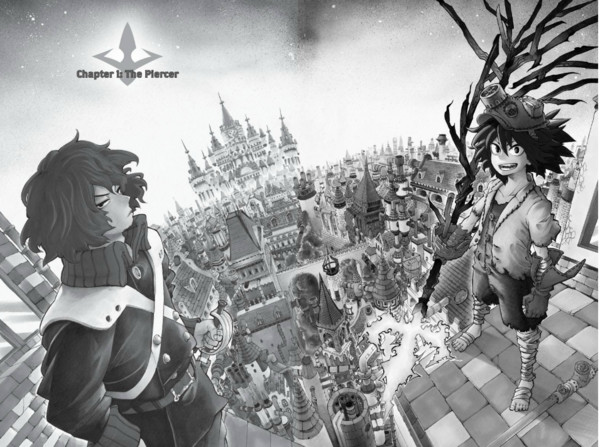
Kōhei Horikoshi is known these days for My Hero Academia, but before he struck gold, Horikoshi spent several years plugging away at other projects. Barrage is his second manga in Jump and the story of Astro, a kid living in the slums of a futuristic planet inhabited by every manner of wild and bizarre alien. By chance or destiny, he crosses paths with Barrage, the planet's irresponsible Crown Prince who wants to eschew the pressures of royalty to live it up as his own man. But this classic Prince and the Pauper premise gets twisted when Barrage is assassinated and Astro inadvertently awakens the power of the Orgue, the royal family's most ancient and powerful scientific weapon.
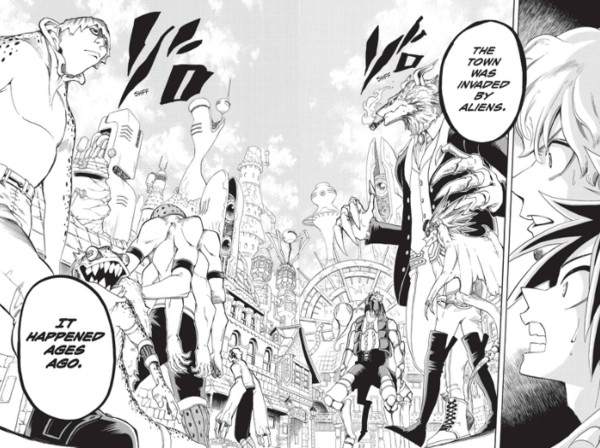
From there, Astro sets off on a number of quests with his mentor Tiamat to learn the responsibilities of being king of a war-torn planet. Buoyed by Horikoshi's expressive art and sincere character writing, it's easily charming with its lovable cast and stylish action scenes, but sadly never really gets to prove itself beyond its potential. At a scant two volumes, the series got cut short just as it started to rev its engine. But if you're a fan of My Hero Academia, there's a lot to love about Astro's sincere love for his adopted family, and even in truncated form, his coming-of-age story makes for a compelling read. So long as you can reconcile this manga not really having an ending, it's definitely worth picking up.
Cross Manage
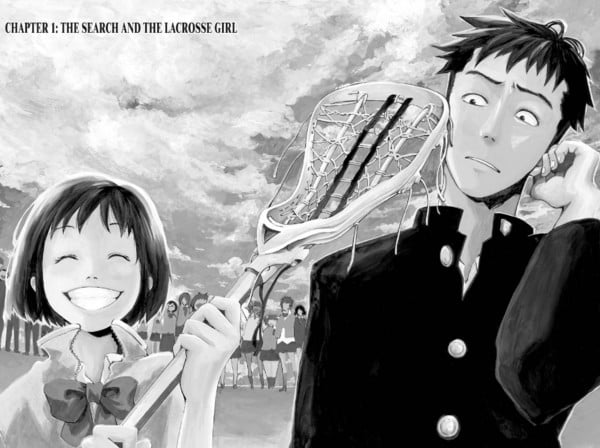
Jump's history is absolutely littered with the corpses of failed sports manga. For every Haikyu!! or Kuroko's Basketball, you have a graveyard full of forgettable athletic high school boys trying to make it to nationals. But KAITO's Cross Manage sticks out from the pack for a few reasons. Firstly, it's centered on a girls' sports club, and secondly, it exhibits strikingly thoughtful ruminations on the nature of competition in sports.
The series starts when Sakurai, a former soccer player taken out by a critical knee injury, is coerced into managing the school's derelict Girls' Lacrosse Club by its president, Toyaguchi. Still reeling from his own athletic setbacks and a total newbie to the sport, Sakurai slowly starts to morph the club's band of misfits and weirdos into a lean, mean, lacrosse-lobbing machine. The cast is filled with entertaining and quirky characters, and much of the charm comes from Sakurai learning about their personalities to find the perfect role for them in the team, but the meat of the series is the club's David & Goliath match against Japan's strongest high school.
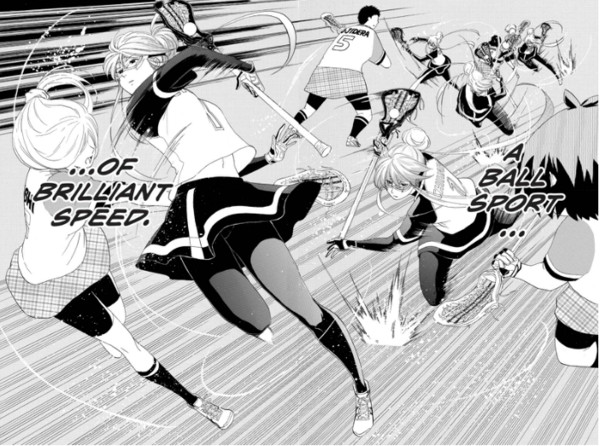
Sadly, the series only lasted five volumes, but in that time, it managed to pack in an absolutely stellar match that hearkens back to the best moments of Eyeshield 21 and delivers some fantastic art for good measure. It picks at questions core to competitive sports. Is it worth it to love a sport even if you never improve? Is the thrill of the game worth the despair of losing – and what if you lost your chance to play at all? Overall, Cross Manage crafts a strong, compelling sports narrative, so it's a darn shame that it couldn't stick around longer. But what we got is still excellent, well worth a read whether you're a total sports junkie or allergic to exercise.
Stealth Symphony

Many a creator has made their name through Jump, but there are some who join the magazine after already making a name for themselves. Nisio Isin's divisive Medaka Box ran for several years, for instance. But other creators haven't been quite so lucky in morphing their personal flair to appeal to Jump's readers, like Ryogo Narita's chaotic urban fantasy gumbo Stealth Symphony. And looking back, it's easy to see why this particular experiment didn't pan out.
The premise alone starts off strange by Jump standards; a young orphan named Jig travels to a tumultuous city inhabited by all manner of fantastical creatures and supernatural people to find a way to remove the cursed cybernetic dragon wings that were grafted to his back as a child during a twisted human experiment. He enlists the help of an invisible bodyguard named Trouma who eventually reveals himself to be an invisible dragon, and through various misadventures, he tries to find his place among the monsters and cyborgs and ninja of the city. If that sounds like a total mess of a setup you'd be right, but it's all delivered with Narita's trademark energetic flippancy and works well to capture the controlled chaos echoed in his Baccano! and Durarara!! series.
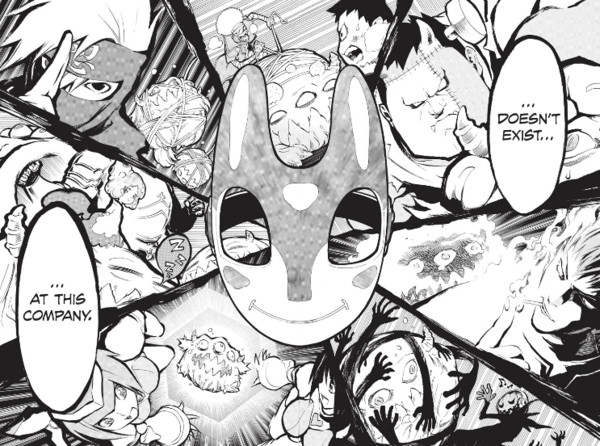
That being said, it's also easy to see why Stealth Symphony never caught on. Narita's fascination with charismatic yet amoral killers and over-the-top violence often clashes with the tonal expectations of a Jump manga, and it's little surprise that the series only lasted around 20 chapters before its abrupt end. But unlike other works where early cancellation led to a disappointing non-ending, Stealth Symphony's conclusion is something to behold. Rather than a whimper, it goes out with a chaotic and ludicrously ambitious bang that turns every element of the premise on its head in a fascinating 20-car pile-up of plot twists. Narita seems to have taken the cancellation as a challenge to fit every stray idea and future plan into maybe 5 chapters, and the end result is as wild a ride as they come. As a standalone creation, it's an awkward turtle that never really finds its center, but in the context of Jump, it's an absolutely fascinating anomaly and well worth reading if you're curious.
Red Sprite
A running theme of these series is getting cut short before they really get to prove their worth, and nowhere is that more apparent than with Tomohiro Yagi's Red Sprite. It starts out with a bang, detailing the bloody past of our hero Tatsu Frampt, an orphan and the only escapee from a tyrannical empire's twisted human experiments, who vows to overthrow his oppressors and recover his still-imprisoned surrogate siblings. But rather than detailing Tatsu's journey to become a fighter, Yagi hurls us straight into the most interesting part of the story. By the second chapter, not only has Tatsu returned to wage his war, he's publicly assassinated a high ranking official, commandeered their flagship high-tech zeppelin, and declared it the start of his own aerial nation of outcasts, Magonia.
It's a daring approach to shonen storytelling that sadly didn't catch on with readers, but shows Yagi's confidence as a storyteller nonetheless. While the art isn't as eye-catching as more recognizable hits, it shows off an ambitious eye for scale that should inspire a lot of interest in whatever Yagi works on next. The series' breakneck pace keeps things interesting throughout, and while the characters aren't anything spectacular, they're still a likable group with sympathetic motivations.
Really, Red Sprite's greatest strength is also its biggest fault – it's all potential and promise for what's to come, but nothing ever does. After a scant fourteen chapters, the series wraps up with the requisite “and they had many more adventures to come!” conclusion, the telltale sign of its early cancellation. It's hard not to wonder what could have been if it this story had gotten the chance to soar.
Demon Slayer: Kimetsu no Yaiba

It's not all failure on this list though. While the most celebrated success stories of Jump are series that start off huge and grow huger, there are plenty of series that instead carve out a niche in the middle rankings of the magazine and manage to last for years thanks to dedicated fans. Such is the story of Koyoharu Gotouge's Kimetsu no Yaiba, which quietly launched in early 2016 and has gradually built a humble head of steam. Kimetsu follows siblings Tanjiro and Nezuko after an attack by a demon leaves their family slaughtered and Nezuko transformed into a demon herself. Wanting to find a cure for Nezuko and a way to avenge their loved ones, the two begin training as warriors under a mysterious Demon Slayer.
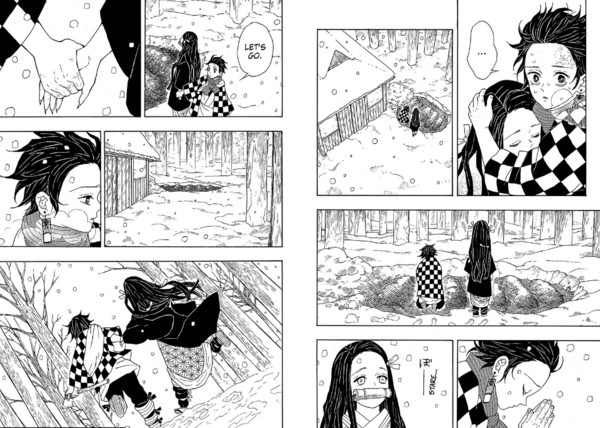
Initially previewed in Viz's Jump Start initiative, Kimetsu wasn't picked up to run in the English edition of Jump, and it's fairly clear why. While Gotouge's unique art style gives the early chapters a distinguishing look and an excellent sense of atmosphere, it's decidedly less polished than most Jump titles. The story is also rather slow to start, more focused on building the quiet, wintry countryside setting than in delivering thrilling action or scares. But as the series goes on, Gotouge's characters begin to grow in intriguing ways, and the fight sequences become some of the most strikingly bloody in Jump's current line-up – equal parts brutal and gorgeous thanks to the manga-ka's excellent paneling and layouts. It was recently licensed for a collected release next year, and it's been steadily growing in online fandom discussions. Kimetsu is still arguably an oddity in Jump, but it's firmly established its own style that's certainly worth looking out for.
Dr. Stone
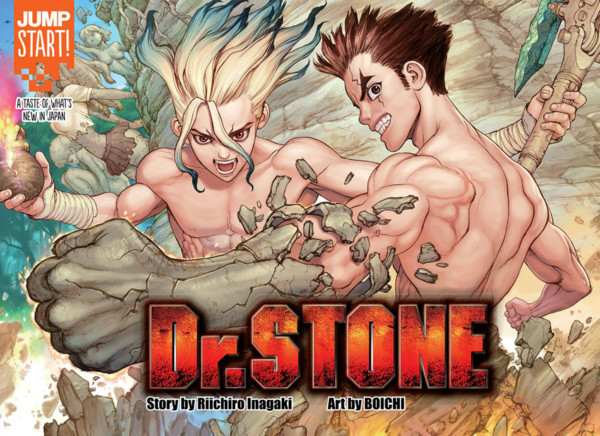
In early 2017, Weekly Shonen Jump made waves by announcing six new series would be launching in the magazine all at once, featuring works from both total newbies and veterans with past hits to their name. Of the six, easily the most striking was Dr. Stone from writer Riichirō Inagaki and artist Boichi. It begins with all of humanity being mysteriously turned to stone, trapped within their own minds while their petrified bodies are left to weather the ravages of time for thousands of years as nature reclaims the earth's surface. Through either luck or providence, one of the first to resurrect from this stone prison is genius high school student Senku, who sets off to use his vast knowledge of science to resurrect humanity and rebuild the world from the stone age.

Compared to Jump's usual fare of frenetic battle manga, goofy romantic comedies, and hotblooded sports stories, Dr. Stone initially seemed like a questionable oddity. Its fantastical premise was so over-the-top that it took its entire introductory chapter just to set it up, and then it immediately sped into our protagonist group trying to rebuild all of human society from the bottom of the tech tree. But Inagaki is a savvy creator, so he injects the series with the same sardonic charm and crass-but-likable characters that made Eyeshield 21 such a blast. The quick pace, irreverent humor (Senku turns to the audience more than once to implore them not to use the series as instructions for making their own alcohol), and Boichi's charismatic art all swiftly quelled worries about how such an out-there premise would work.

However, perhaps the most unique element of Dr. Stone is its heart. The series is brimming with surprisingly accurate facts about chemistry and engineering courtesy of our mad scientist protagonist, conveying a sense of genuine passion for scientific discovery and invention. Whether it's harnessing the power of lightning to create artificial light or creating a pair of glasses for a little girl, it's clear that the creators really love science and the sense of accomplishment that comes from understanding more about the world around us. Tons of Jump manga can make impassioned speeches about the power of friendship or determination, but only Dr. Stone can do the same for the power of a light bulb.
The Promised Neverland

Okay, before you raise those inevitable objections, I'm aware that putting this series on the list is probably cheating. As of now, the only reason Neverland hasn't become a bigger deal is because it's still too early for an anime adaptation. While it was initially met with trepidation about its potential tenure in Jump, Kaiu Shirai and Posuka Demizu's thrilling series has steadily and confidently become the most anticipated new Jump property since My Hero Academia's premiere, and even the first few chapters can tell you why.
The story begins in Gracefield House, an idyllic orphanage out of time and place where our heroine Emma lives her days in peace and harmony with her dozens of foster siblings. But that world is smashed to pieces when she discovers the truth behind her family's storybook life. From there, it becomes a battle of wits and a race against time as Emma enlists her eldest siblings to escape the orphanage and the grasp of their ingenious “mother.”
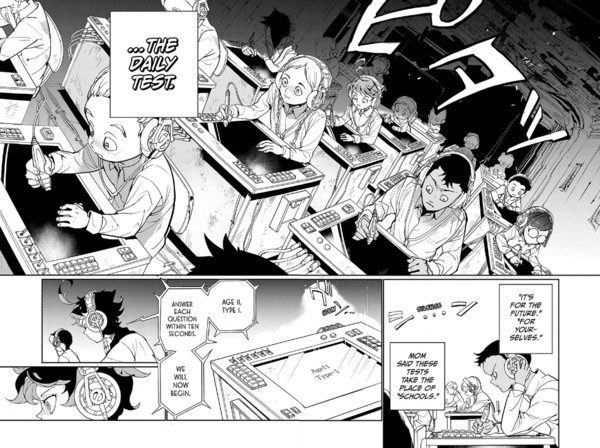
Neverland has as strong a start as you can imagine and never lets up. At times tense and horrifying, at other times heartwarming, the excellent character writing and stellar mystery hooks keep its cat & mouse premise gripping in every chapter. While the characters scheme and plot around one another, the series never forgets that those plans only matter if we care about the cast, and works overtime to keep us grounded in the turbulent emotions of Emma and her siblings. Posuka Demizu's art is perhaps not the most technically polished in Jump but makes up for it with brilliant environmental design, striking horror-inspired imagery, and a willingness to experiment with visual storytelling that's truly refreshing. Whether or not it's on the cusp of being the next breakout hit in the West (seems like it, but you never know with these things), The Promised Neverland is worth getting in on the ground floor for.
There are plenty of other series that belong on this list, both new and old. Did you know there's a sumo wrestling series called Hinomaru Zumō that's been running for as long as My Hero Academia? Or that, before making Nisekoi, Komi Naoshi had a fantasy manga called Double Arts about a couple who battled using street dancing? And does anyone besides me still remember Psyren? The depths of WSJ are vast and filled with disappointment, but at least we can try to remember our favorites. Feel free to share your own hidden Jump gems with us in the forums!
discuss this in the forum (39 posts) |